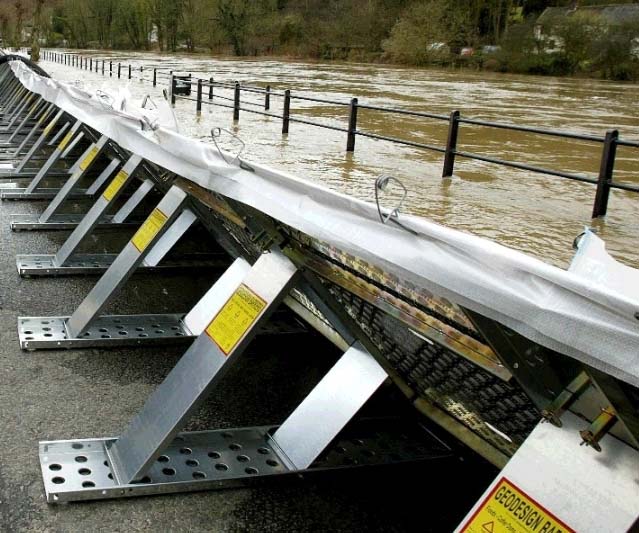Sea levels around Boston could rise as much as 7.5 feet by 2100, according to climate scientists. As a result, the city is at risk of significant flooding during high tides and normal rainfall let alone big storms.
The Urban Land Institute held brainstorming sessions over the last several months involving more than 70 engineers, architects, and development and insurance specialists to examine how rising sea levels would affect four representative areas in and around Boston. The group concluded that the area should consider building canals to absorb and divert water and higher sea walls for flood protection. It also called on called on municipalities to discuss ways to raise money for preparing vulnerable areas and to alter building and zoning rules to take the likelihood of flooding into account.
“We’re not going to start digging the canals tomorrow,” Brian Swett, Boston’s chief of energy, environment, and open space, told the Boston Globe. “But the report makes the important point that you can’t solve 6 feet of sea level rise simply by building a bigger dam on the Charles River.”
In the low-lying Alewife section of Cambridge, new residences might have to be concentrated into taller buildings with more space between them to make room for water infiltration. The report also suggested that retail shops be concentrated into a raised corridor to keep them above flood waters.
Related Stories
Codes and Standards | Jun 22, 2021
Actually, few companies plan to significantly reduce their office footprint
CBRE survey shows that many firms will continue with hybrid work.
Codes and Standards | Jun 21, 2021
Vancouver, B.C., may delay new zero emissions building standards
Building permit delays may postpone new standards by a year.
Codes and Standards | Jun 17, 2021
Buffalo’s parking reform having noticeable impact on development
Elimination of mandatory parking allotments encourages new projects.
Codes and Standards | Jun 16, 2021
Inconsistent building codes make some states more vulnerable to hurricanes
Florida takes top spot for strongest building code in latest IBHS survey.
Codes and Standards | Jun 15, 2021
Growing housing supply gap will worsen affordability crisis
Supply projected to fall 4.5 million units short in 2022.
Codes and Standards | Jun 15, 2021
Florida will allow virtual inspections, building code enforcement, permit issuance
New law will go into effect on July 1, 2021.
Codes and Standards | Jun 10, 2021
New York City cracks down on construction site safety
Buildings Dept. issues new safety legislation for City Council consideration.
Codes and Standards | Jun 9, 2021
ASHRAE updates health care facility ventilation standard
Includes improved guidance on thermal comfort, revisions to air filtration requirements.
Codes and Standards | Jun 8, 2021
American Wood Council releases new fire design specification
For design of wood members, assemblies, and connections to meet code requirements.
Codes and Standards | Jun 7, 2021
Guide provides strategies to overcome barriers to sustainable affordable housing
International Living Future Institute document helps with social, regulatory, and financial hurdles.

















